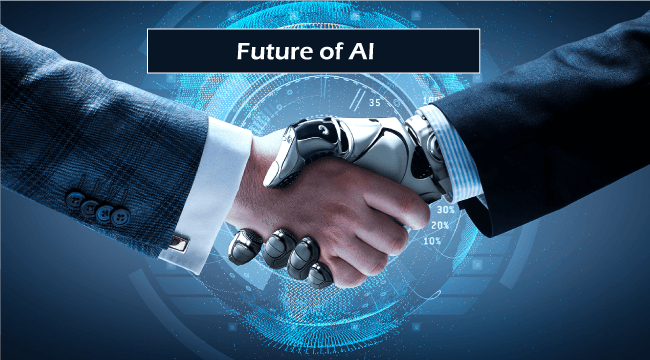Artificial intelligence (AI) has captivated the world’s attention. With voice assistants being the most visible example of AI, the convenience it provides has already made it a household name. The ‘interactivity’ that artificial intelligence provides to the user is its most significant advantage. As the name implies, artificial intelligence is intended to be as close to a living being as possible. AI operates by exploiting the sociability factor of humans as a group, and thus its responsiveness. Some of the examples are Siri, Alexa, Google Assistant, etc.
People are being encouraged to invest in smart gadgets powered by AI and powered by aspects of the Internet of Things– a technology that allows for more interconnectivity between household devices and appliances- as a result of the success of the two (AI and IoT).
Why artificial intelligence?
Artificial intelligence-enabled devices are designed to provide optimal efficiency not only in line with the appliance’s capability but also to the extent that it meets the needs of the actual consumer. With the aggressive use of technology in gadgets, it can be safely assumed that AI home appliances are performing significantly better. Furthermore, people are still hesitant to adopt emerging technologies that add a fun factor to their usage; however, AI-powered gadgets are providing a much higher value addition.
AI devices and the creator
The longevity of any brand is determined by the number of iterations of its products that the brand owner can provide. It is safe to assume that most new product launches by any brand are driven first and foremost by insight. Insight can refer to a variety of things, such as new industry trends or an addition to an existing product line. Artificial Intelligence-powered devices not only perform optimally but also allow manufacturers to track user behavior and understand the market’s current needs on average.
Air conditioners equipped with AI can now literally read the room and cool it for the exact amount of time specified by the user, as well as use modes such as auto shut off and restart as needed. This is all made possible by the device’s ability to not only read customer behavior but also apply it to its operation to provide optimum use.
AC, AI, and the Internet of Things
It has become a requirement of modern homeowners who expect all of their devices to be technologically advanced in order to communicate with their preferred voice assistant. Interconnected devices also enable the use of mobile devices to operate home appliances without the presence of a home appliance. Today, these are also seen as a way to conserve energy on some level.
Not only should we see the introduction of such technologies as a way to broaden the horizons for products solely for the sake of modernity, but we must also consider its current utility while keeping future needs in mind. And that will only be possible if the data collected by manufacturers through their technology-enabled devices is not only monitored but also comprehended on a human level. This information will also assist brand owners in revising their baseline product portfolio, which could result in a winning product that outperforms the competition and other high-end gadgets.




